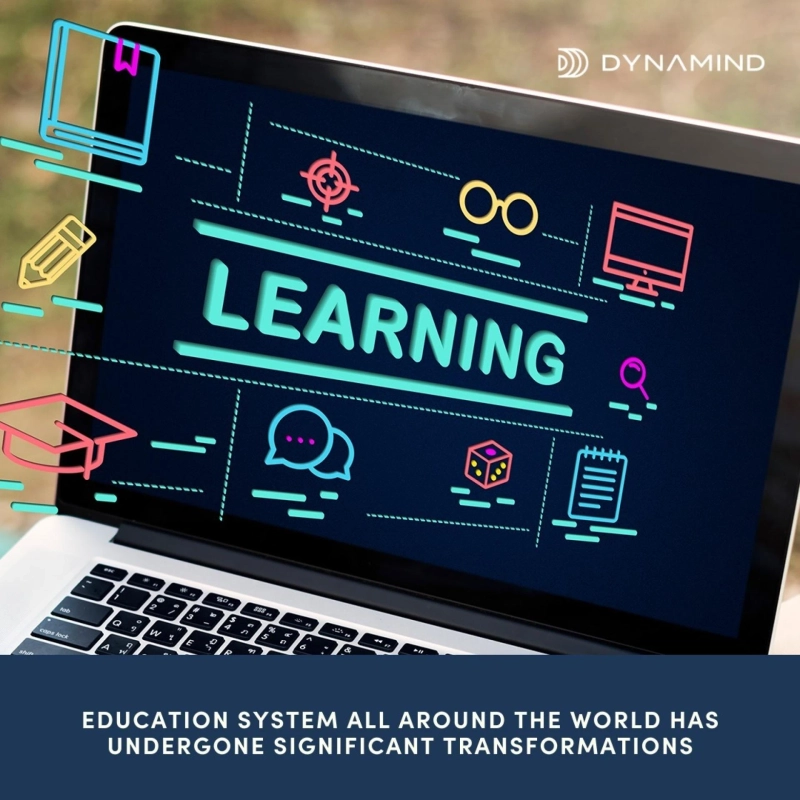Human memory is not only the most complex of human cognitive pedagogy, it is also an extremely powerful one. Understanding how to use your mind\'s memory can be a great advantage in school, in coaching, and during your daily life. There are two kinds of memory that we deal with, short-term and long-term. The first is used for temporary storage, while the second one provides us with a permanent record that can be accessed any time in our lives when we need it. Understanding how memory works give you opportunities to improve your learning process but also helps you to avoid the most common mistakes that people make.
In a nut shell, short-term memories are used for day to day activities. Information in your short-term memory lasts only from 30 seconds or so up until about ten minutes unless it is transferred into long-term storage. Long-Term Memory has unlimited capacity, which means you can store virtually unlimited amounts of information. Long-Term Memory is where your memories are stored, it allows you to connect experiences and events in the past with current conditions. The more times a memory trace is activated, for example through recall, the faster it will be consolidated into long term storage and this applies whether we\'re talking about school lessons, or during your online learning, something you did in your coaching, or an experience that happened while on holiday. The very first time when a memory trace is activated, it will already be partially consolidated. That means that you\'ll never forget something on your first encounter with the information, but the amount of time this initial consolidation takes might keep you from being able to use all of what you know for half an hour or so after learning it.
There are many ways to learn and remember information more effectively
- Learning by association technique - This involves linking new concepts with those you already know well. To do this, try making images or diagrams that will help you recall what you have learned in your online learning. For example, if we were trying to memorize a list of planets in order from the sun, we could try to make a connection between each planet and an image of something that begins with its first letter.
- Elaborative Rehearsal - Elaborative rehearsal is a method of learning that involves thinking about the meaning and context behind new information. This can be tricky because, if you think too much into something, it makes it harder to remember later. For example, If I were trying to learn this list from earlier using elaboration, I might think of a story to remember the planets from their order in our solar system.
- Spaced Repetition - This method involves reviewing information at increasing intervals as you progress with learning it. This makes sense because if we don\'t use or think about something for a long time, then we\'re going to forget what was previously learned. As time goes on, it becomes easier to remember because the longer you wait in between reviews for that information, the less likely your brain is going to forget all of what was previously learned about it in your learning pedagogy.
- Chunking - This method involves putting information into groups to make remembering easier. Instead of trying to remember a long number by itself, you could try to remember it in groups of three or four numbers. For example, 34121 becomes 34 12 13
- Massed Practice - This involves reviewing information all at once. Instead of trying to learn something over time, the idea behind this strategy is that you can get more information into your head over a shorter period of time by reviewing it all at once. For example, to do this for the planets, we would review them in order from Mercury to Pluto.
I think that\'s enough practice! Remember what you\'ve learned and use these strategies to help you learn information more effectively so you can remember what you\'ve learned later in your online learning environment.



